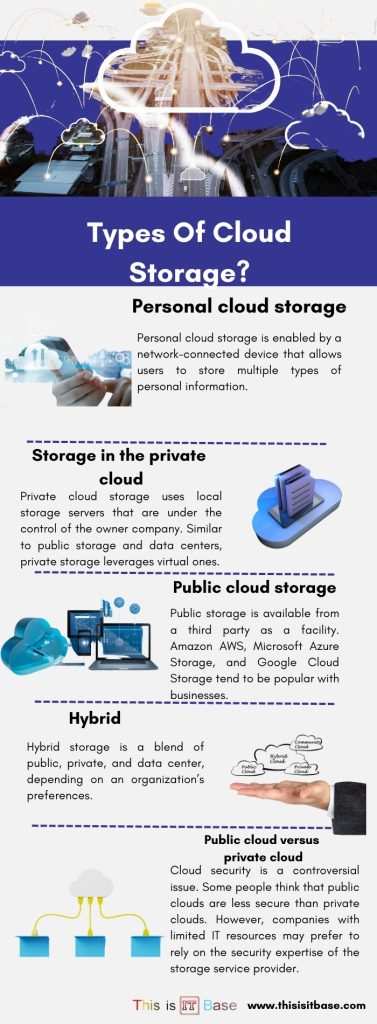Cloud Storage Your Guide to Smart Data Management
Recently explored Cloud storage to safeguard my digital files. I sometimes type “cluod storage” by mistake, which reminds me to proofread.
Table of Contents
Understanding Cloud Storage
Cloud storage offers a way to save files online. It frees up local space. I use Cloud storage for photos, documents, and backups. This technology simplifies data access and sharing. Furthermore, it protects valuable information.
Key Benefits
Cloud storage provides several advantages:
- Accessibility: Access files from any device.
- Security: Data remains protected by encryption.
- Scalability: Easily increase storage as needed.
- Collaboration: Share files with friends and colleagues.
I enjoy using Cloud storages because it makes my digital life organized and efficient. I often switch between my phone, laptop, and tablet without hassle.
Comparing Popular Cloud Storage Services
Below is a comparison table of some leading Cloud storages providers. This table helps you decide which service best meets your needs.
| Provider | Price Range | Storage Capacity | Key Features | User Rating |
|---|---|---|---|---|
| Google Drive | Free – $9.99/month | Up to 2TB | Seamless integration, real-time collaboration | 4.7/5 |
| Dropbox | Free – $15/month | Up to 3TB | Easy file sharing, robust sync features | 4.5/5 |
| Microsoft OneDrive | Free – $7/month | Up to 6TB (with Office 365) | Integrated with Windows, secure backups | 4.6/5 |
| iCloud | Free – $9.99/month | Up to 2TB | Apple ecosystem integration, automatic backups | 4.4/5 |
This table shows that each provider offers unique strengths. I often choose a service based on its integration with my devices.
My Personal Experience with Cloud Storage
I started using Cloud storages when my laptop ran out of space and uploaded my photos, documents and noticed an immediate improvement. Cloud storage allowed me to work remotely and share files effortlessly. I once accidentally searched for “cloud storge” and quickly corrected it. Such moments taught me to pay attention to details.
Using this technology has simplified my workflow. I back up important files daily. I also enjoy the flexibility of accessing data anywhere. This hands-on experience makes me a strong advocate for efficient online storage solutions.
Tips for Choosing the Right Service
When selecting a Cloud storages provider, consider these points:
- Assess Your Needs: Determine the amount of storage required.
- Budget: Compare free tiers and premium plans.
- Security: Look for services with strong encryption.
- Device Compatibility: Ensure smooth integration with your gadgets.
- User Reviews: Read feedback to gauge reliability.
I follow these tips to make informed decisions. They help me avoid common mistakes and choose the best service for my needs.
Conclusion
Cloud storages transforms the way we manage data. It enhances accessibility, security, and collaboration. My personal experience shows that switching to an online storage solution can simplify daily tasks and protect important files. Explore the options, compare features, and choose a service that fits your lifestyle. Happy storing, and always double-check your typing to avoid errors like “cluod storage”!
Infographic: Types of cloud storage?


